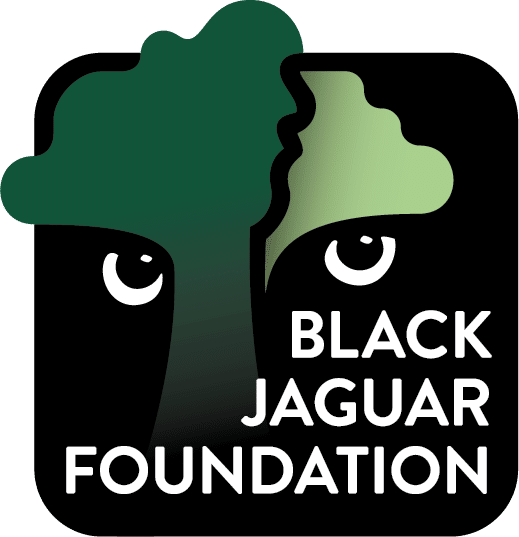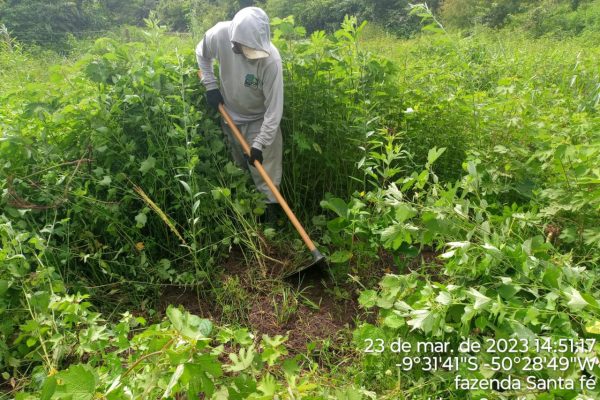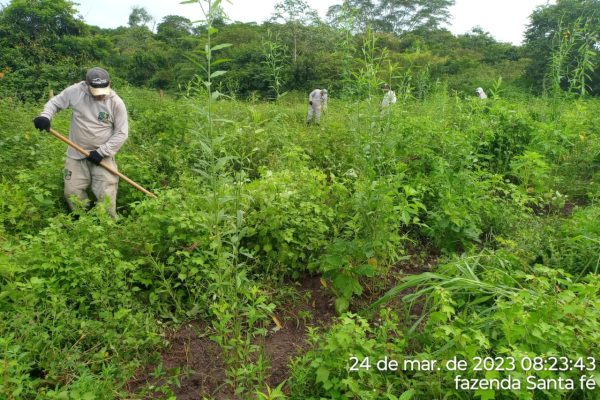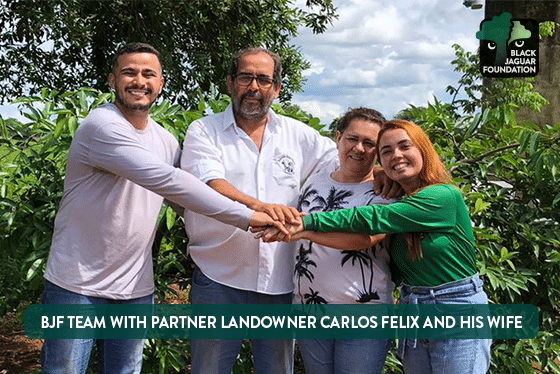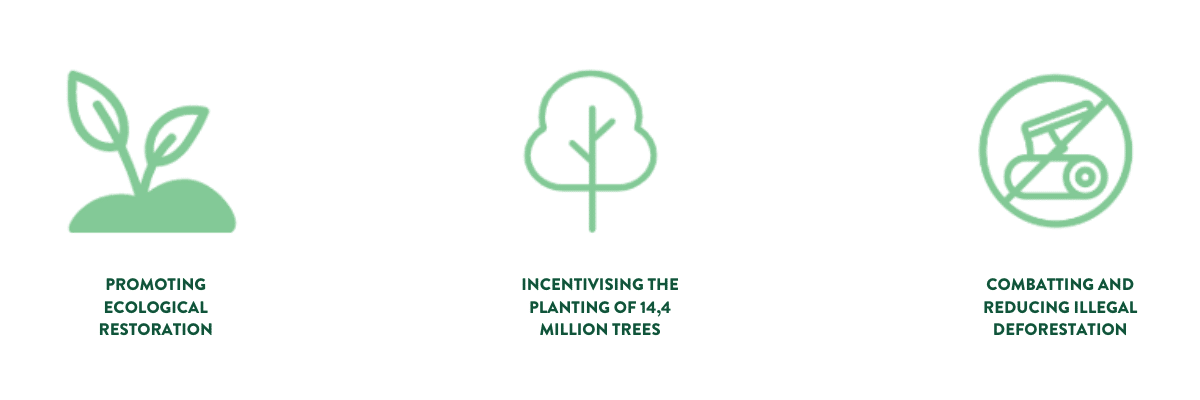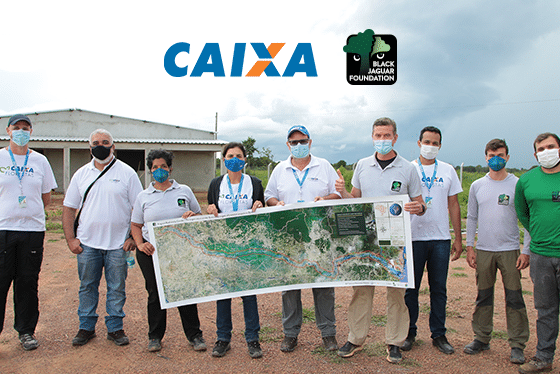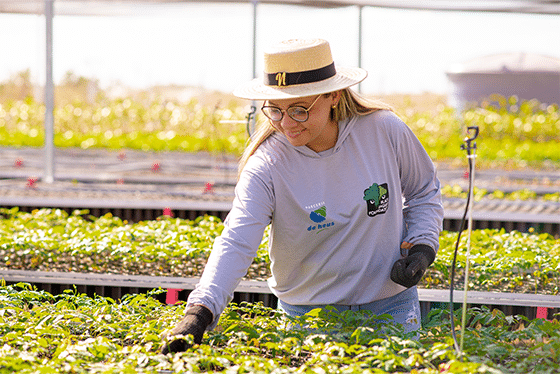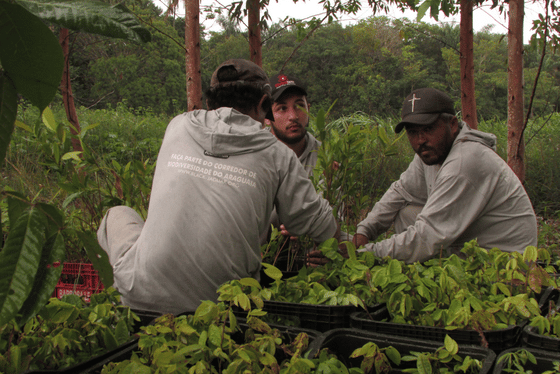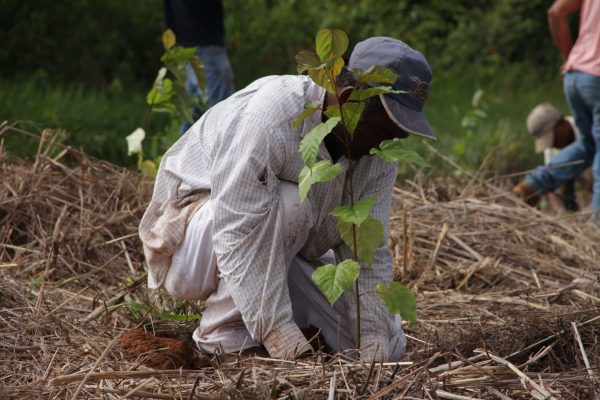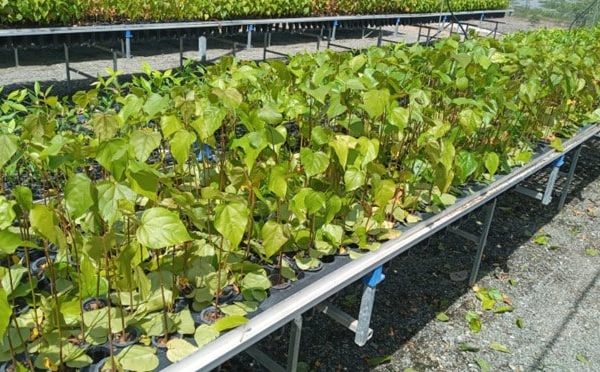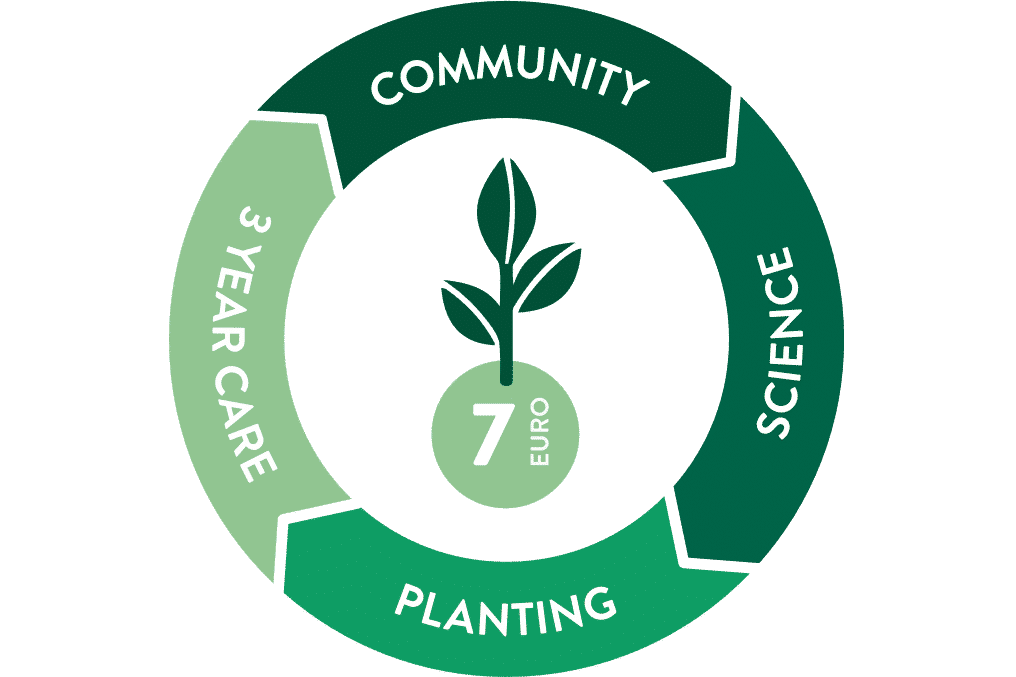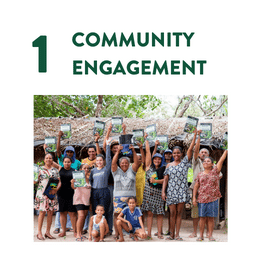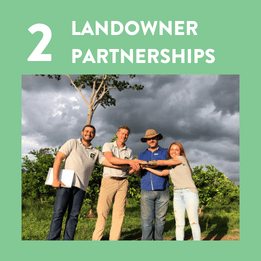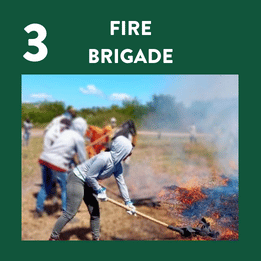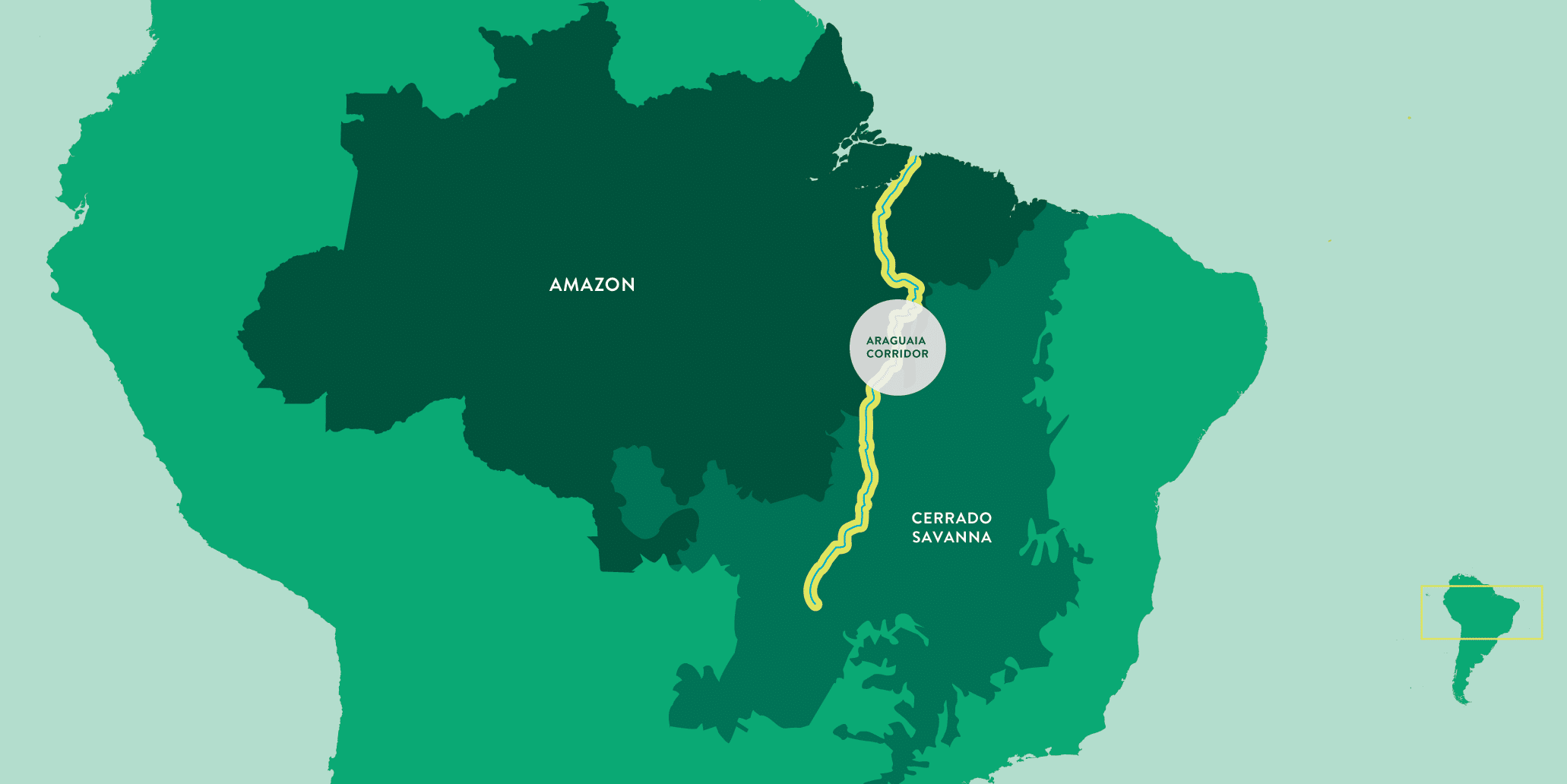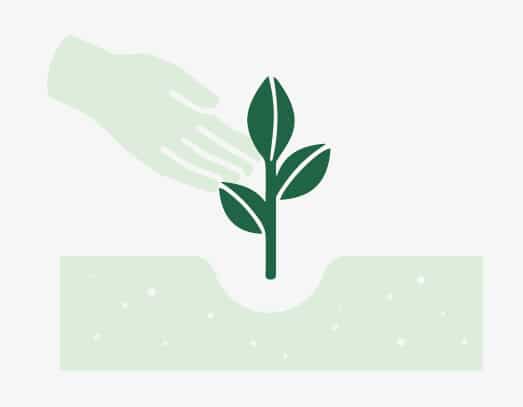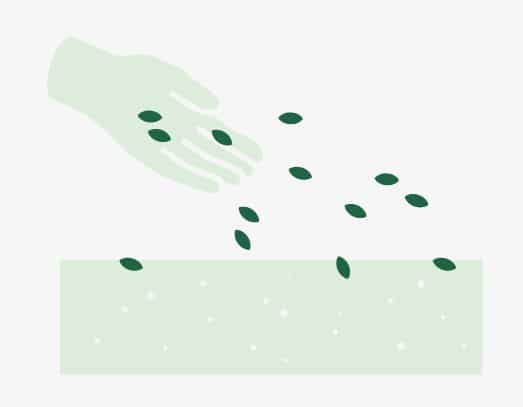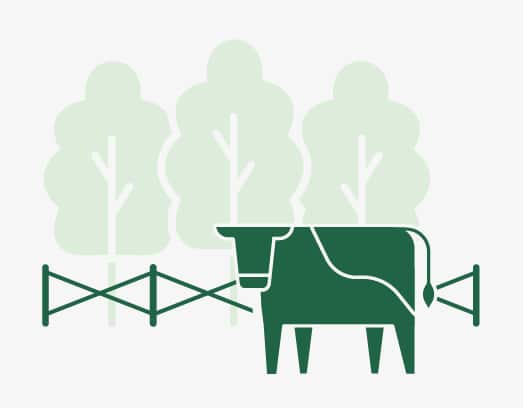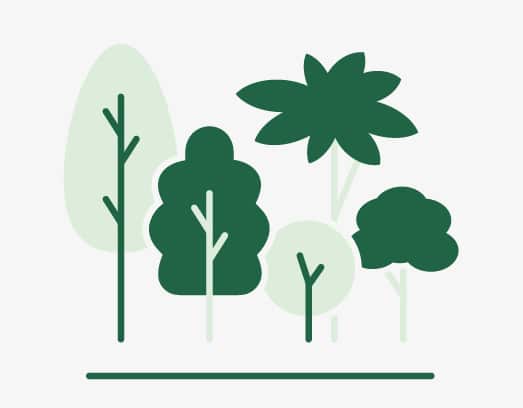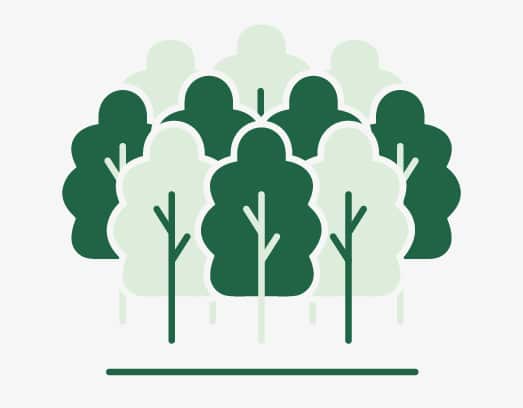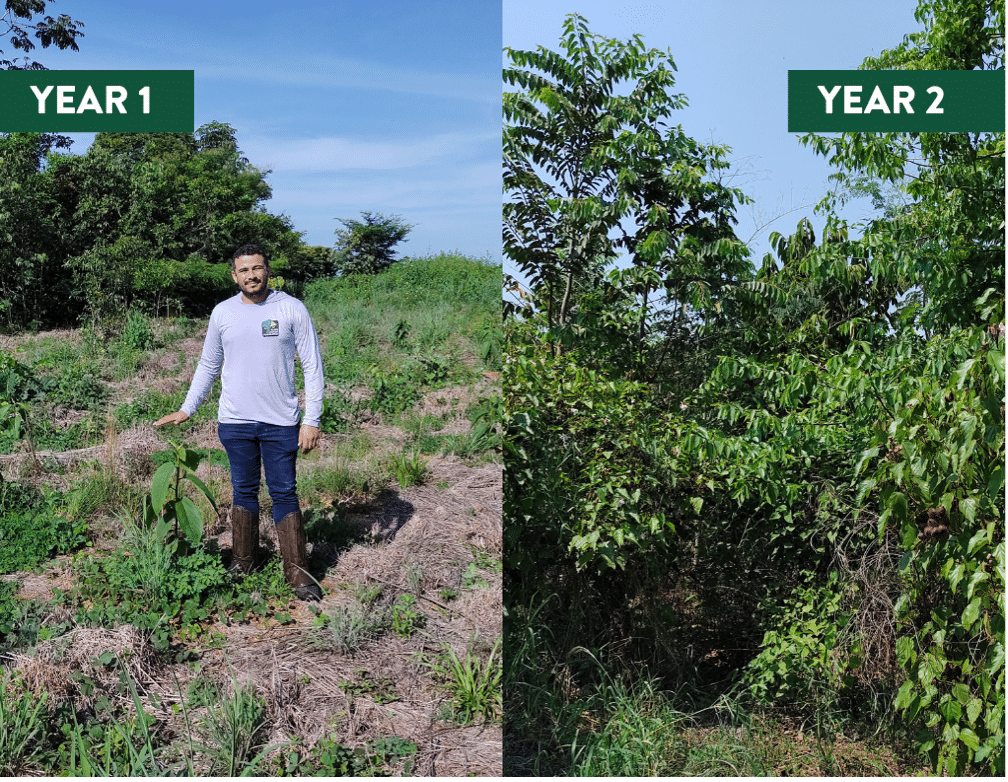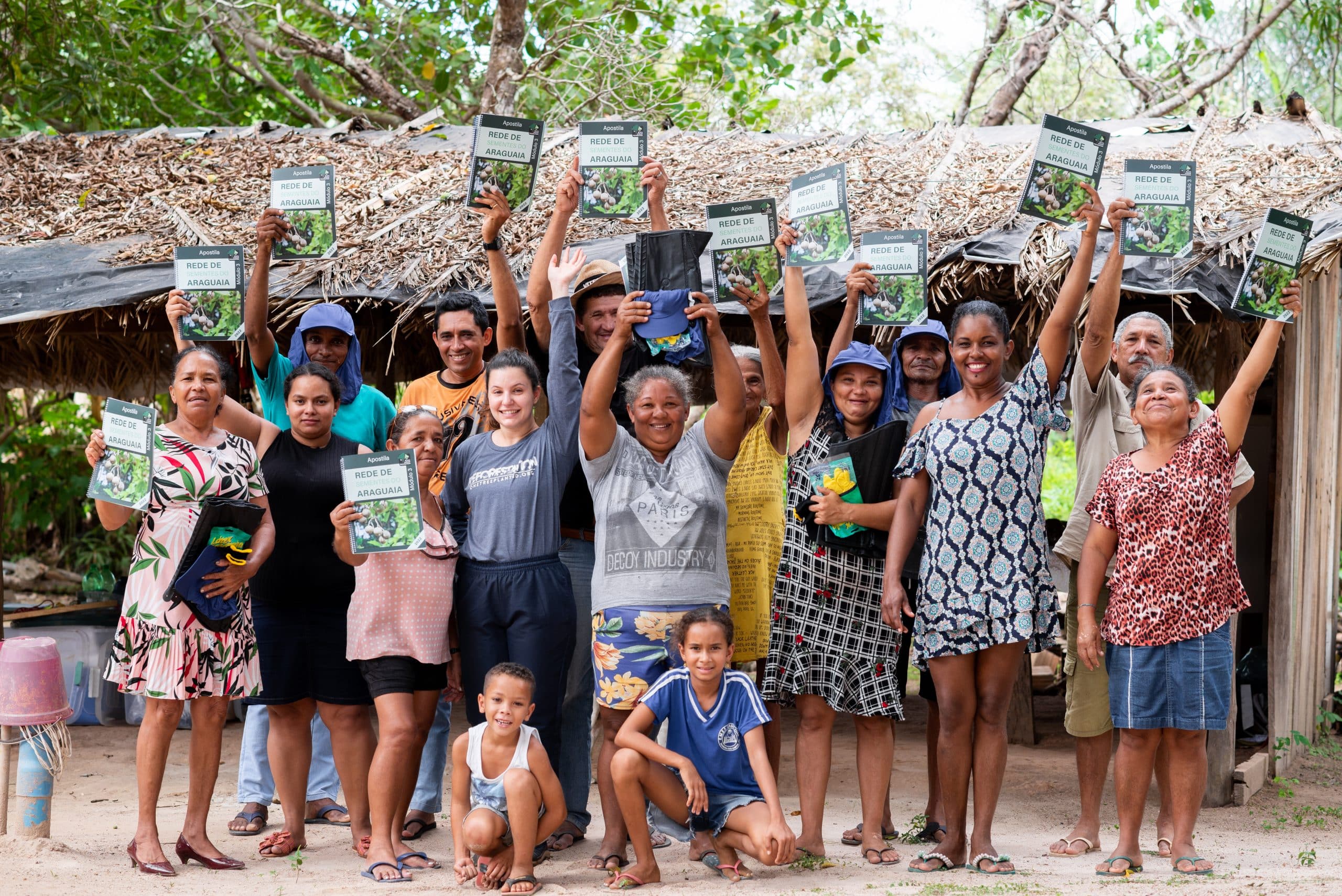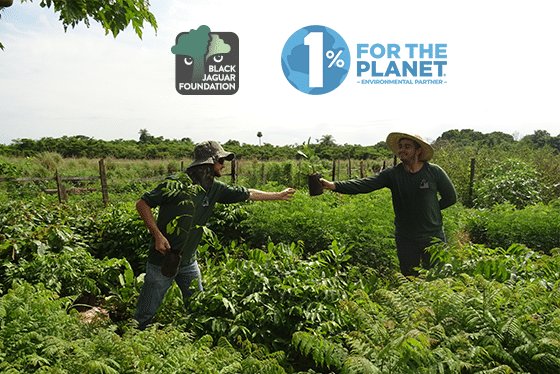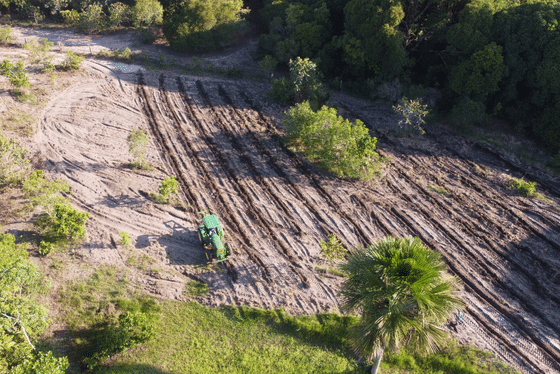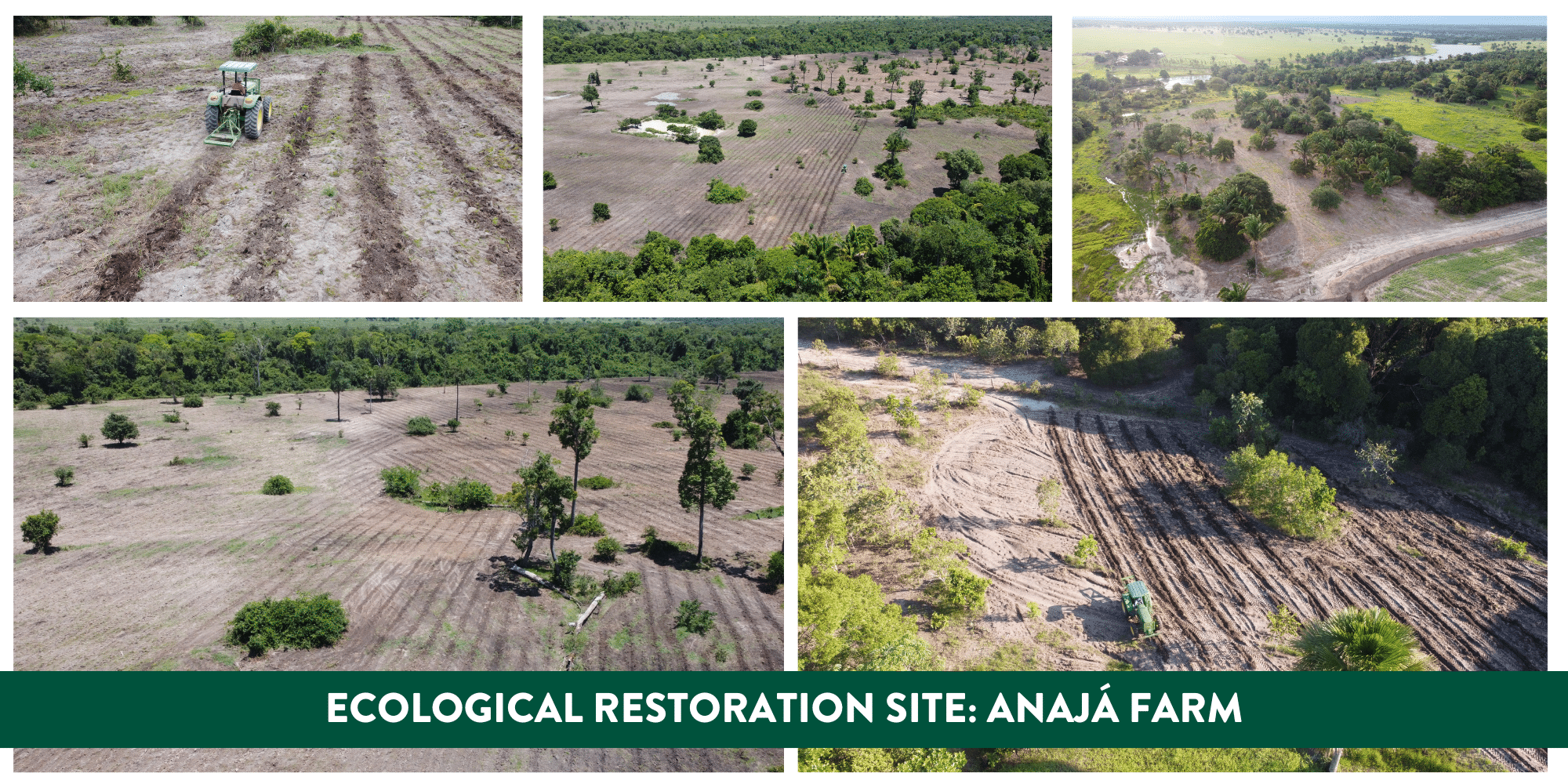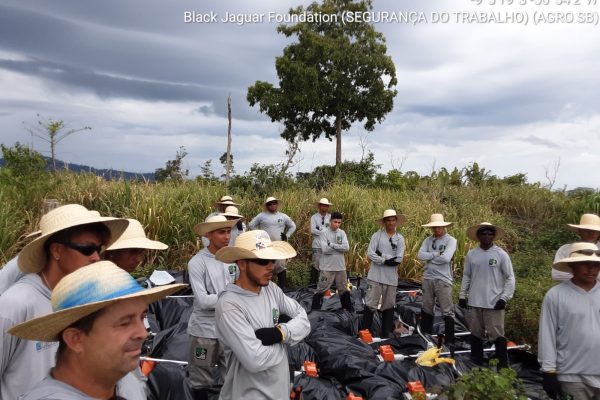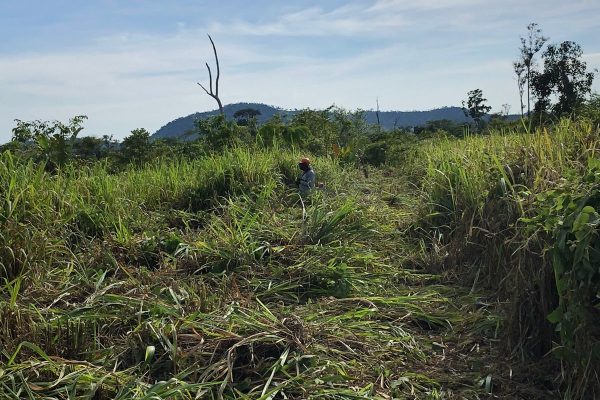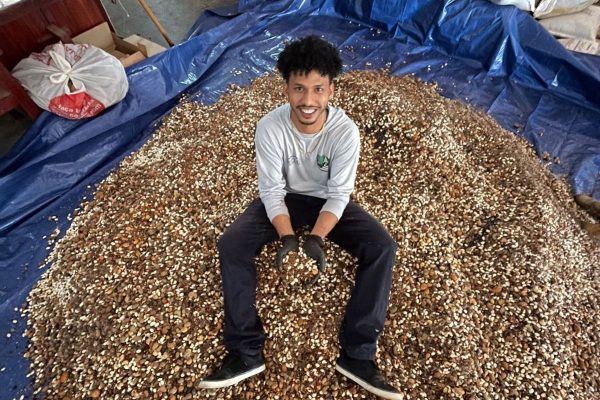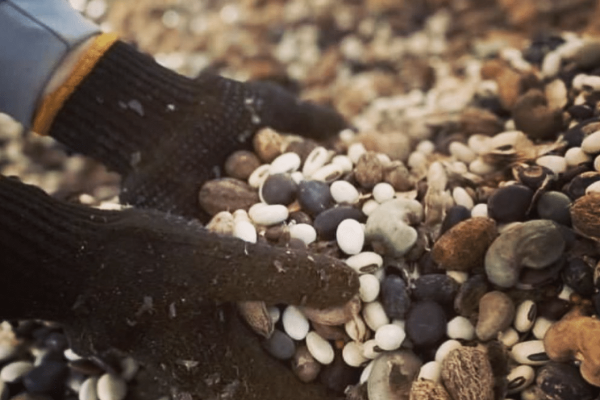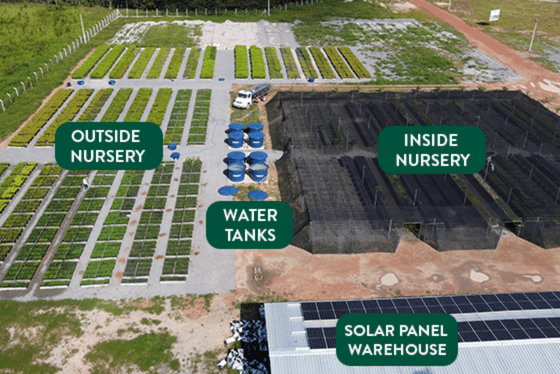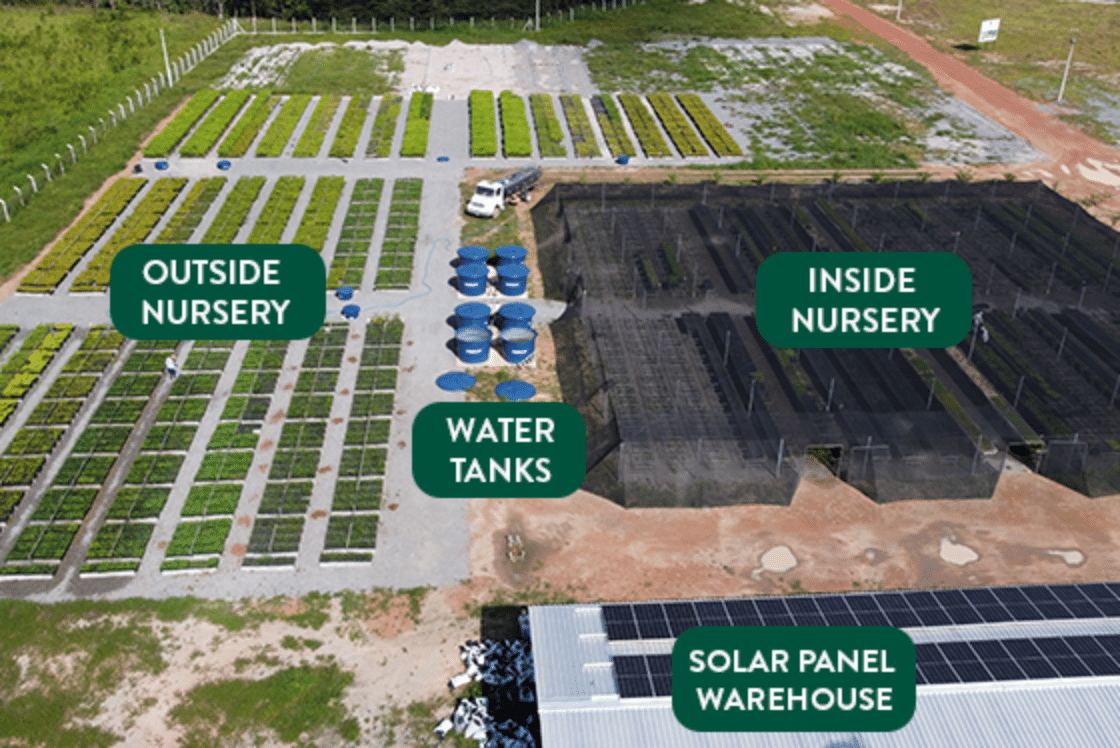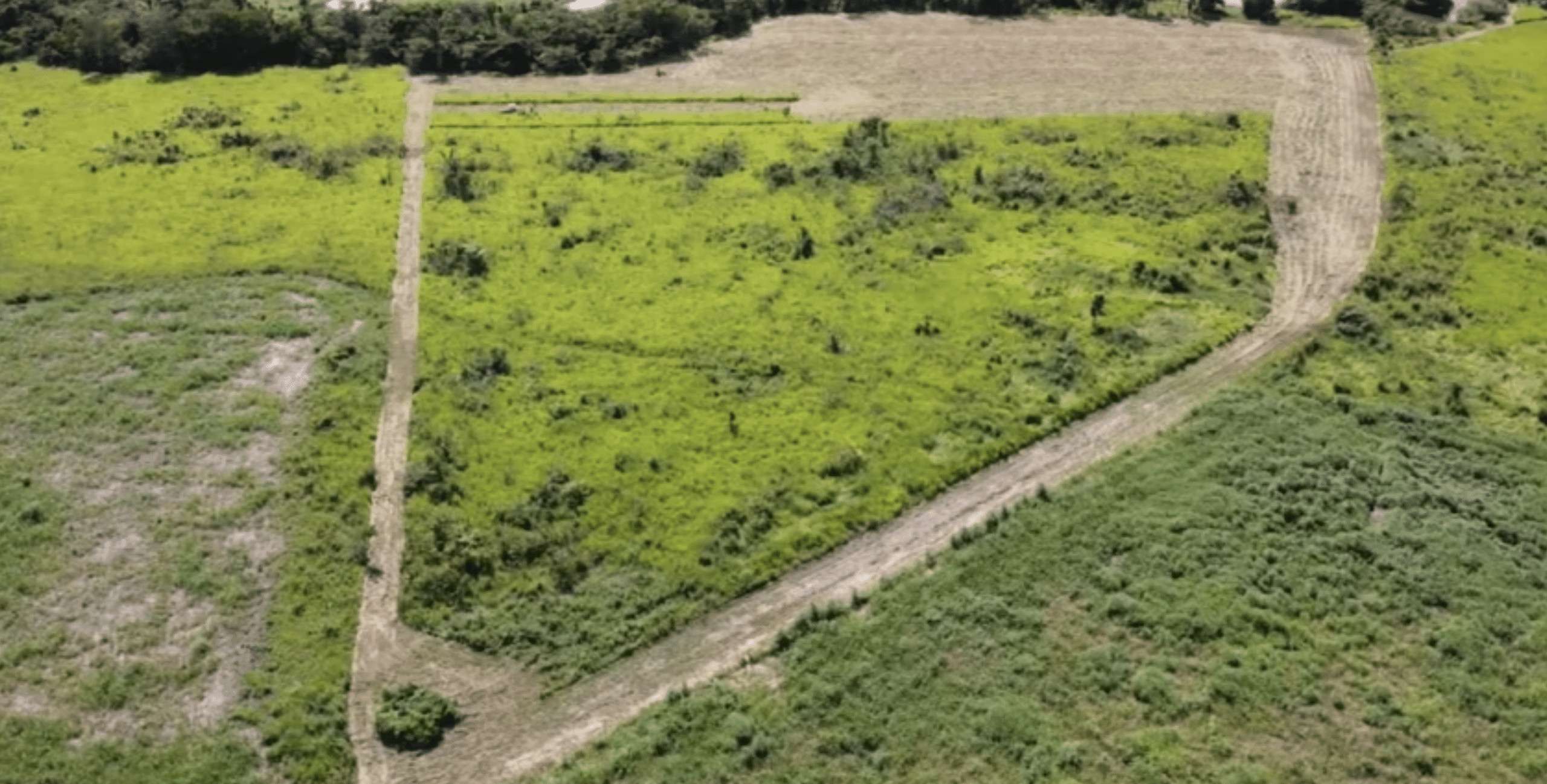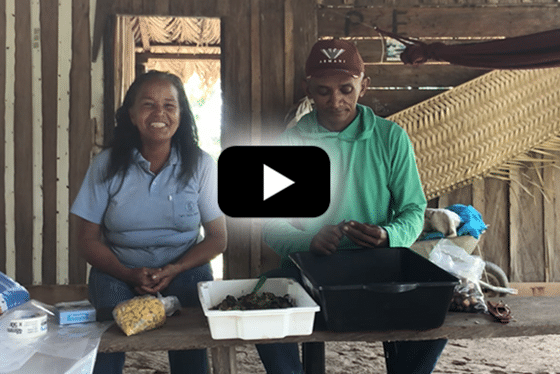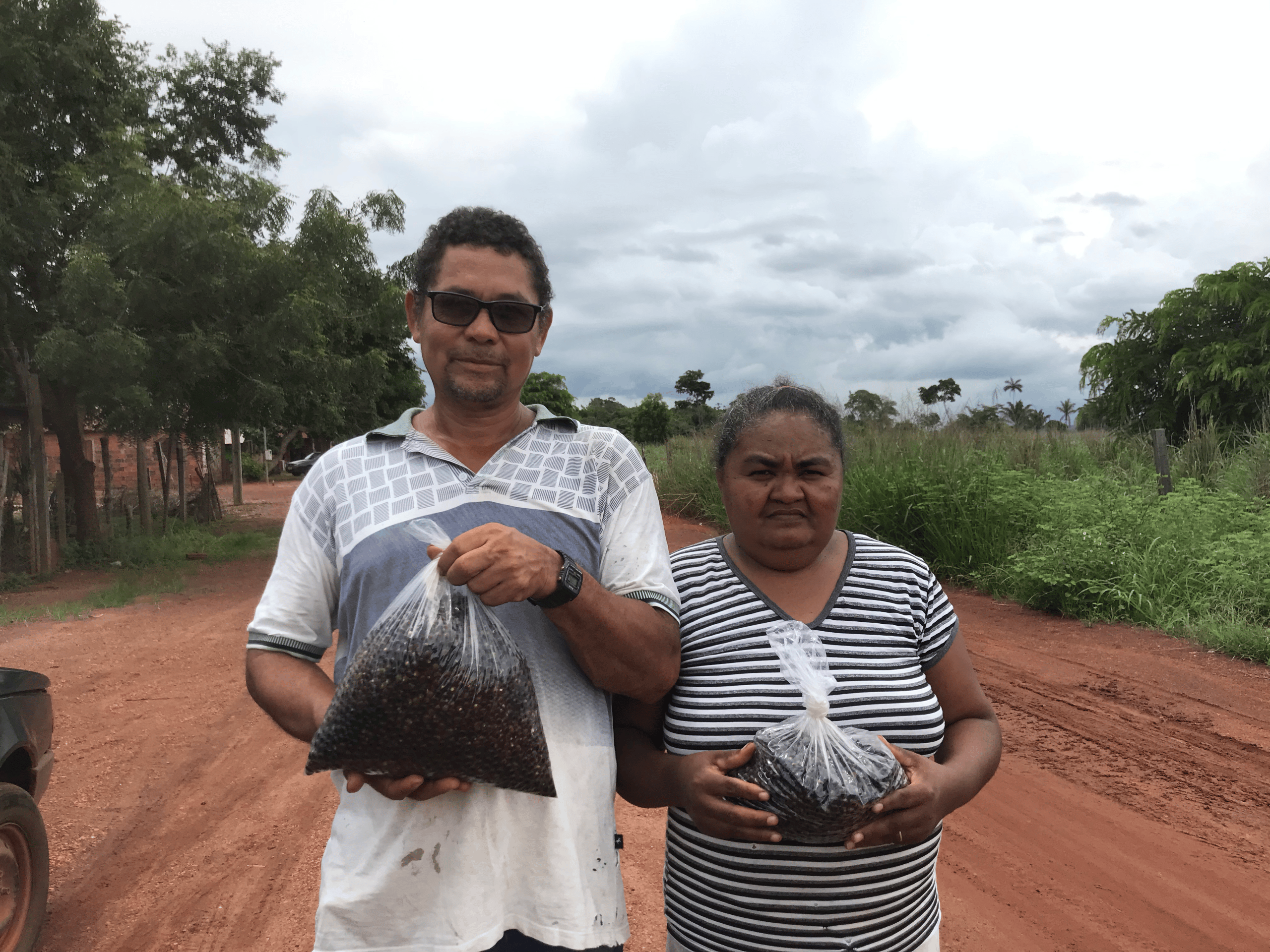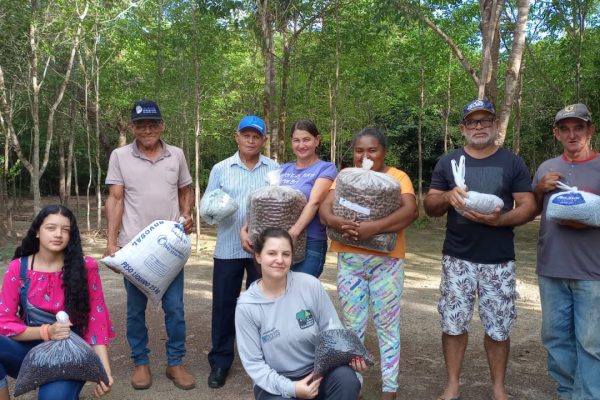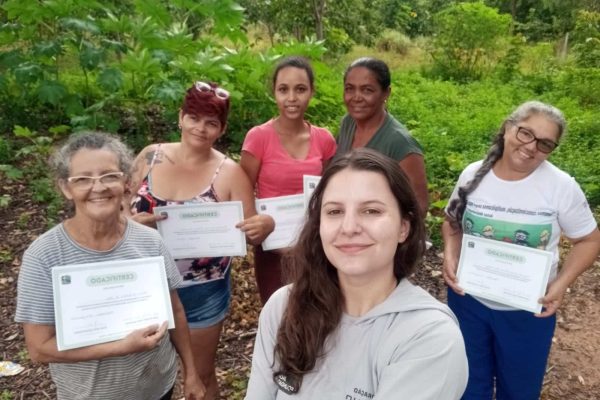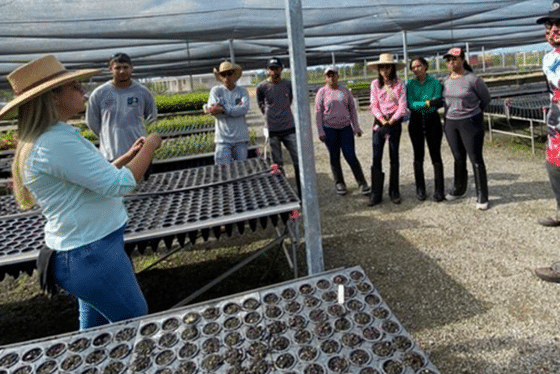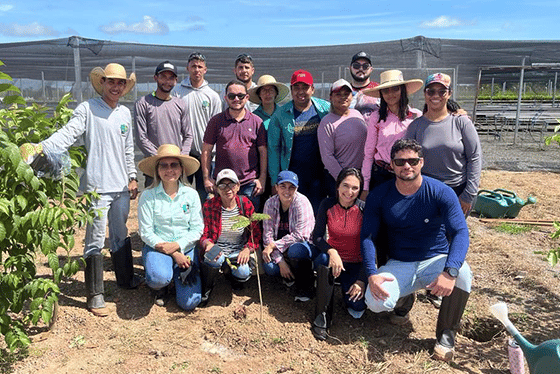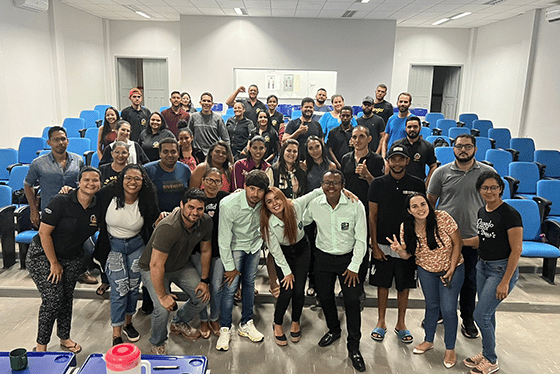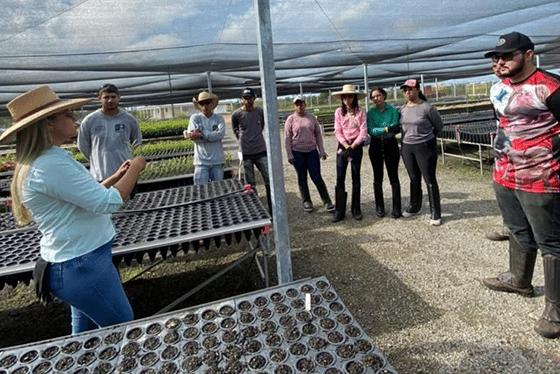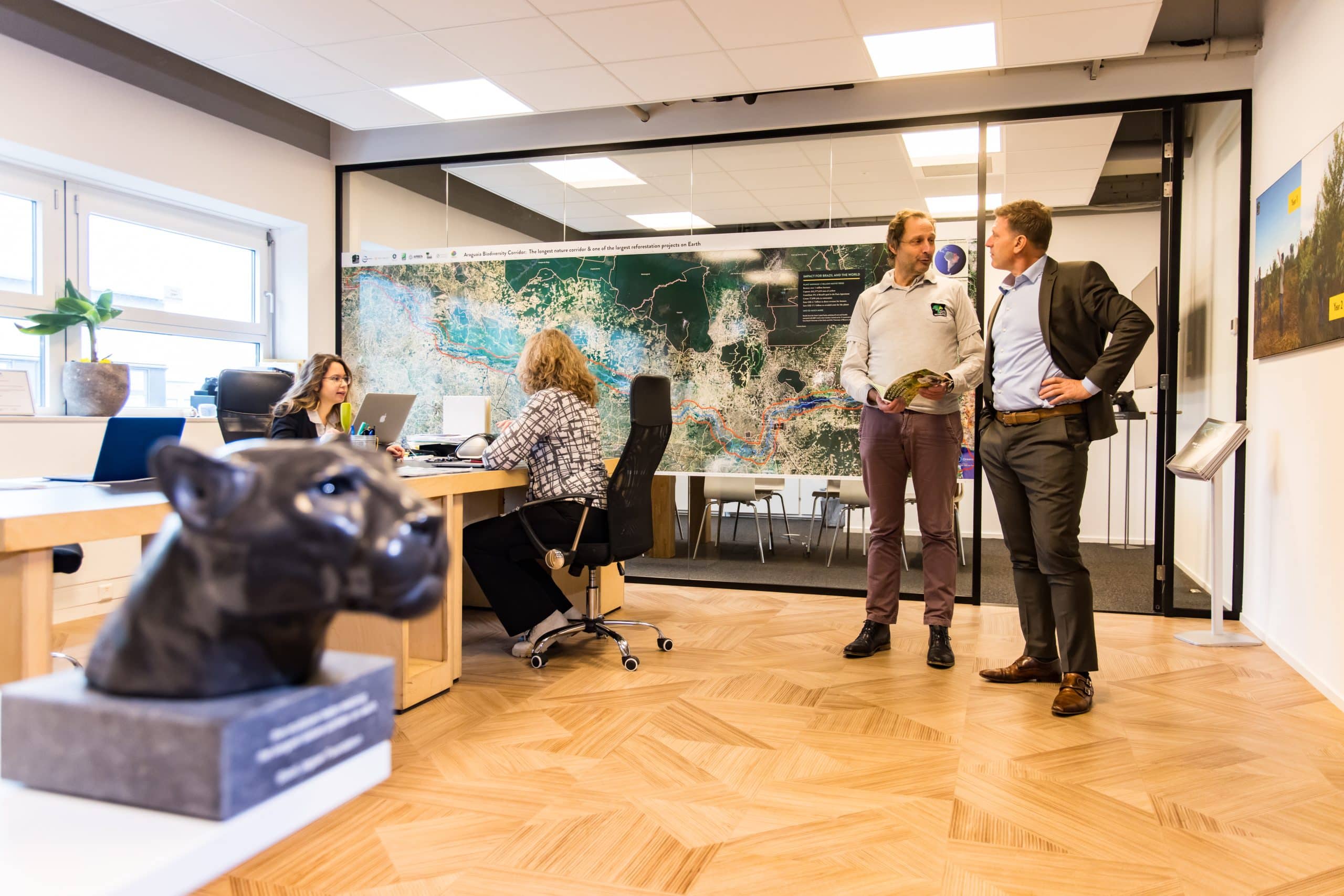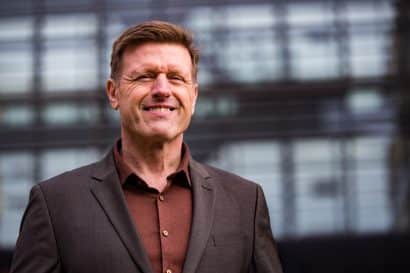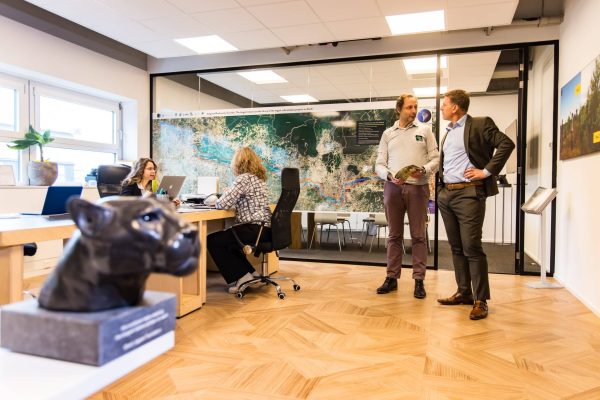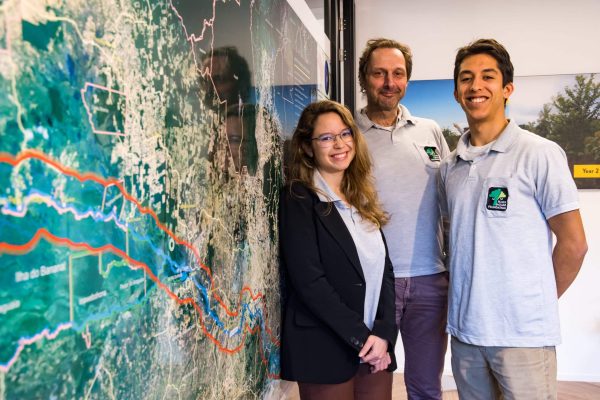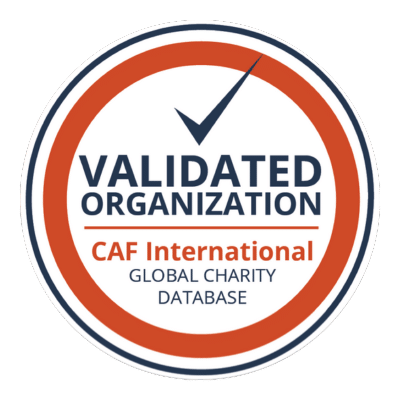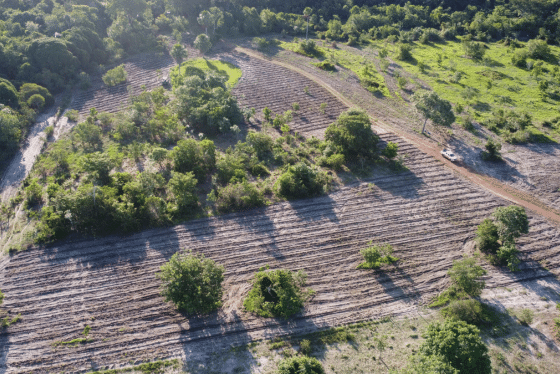
As the rainy season is coming to an end our 22/23 planting season is too. The past few months were full of hard work to plant as many trees as possible in 15 partner farms.
See below some wonderful footage taken from our 22/23 Planting Season sharing with you our hard work and beautiful seedlings and seeds growing into healthy ecosystems:
Our team has been working very hard to establish rural partnerships, raise funds, grow healthy seedlings, improve our logistics, expand our team and plan these stages as well as possible.
We are very proud to have a team works hard on a daily basis to ensure quality ecological restoration. In a few weeks, we will wrap up the Black Jaguar Foundation’s biggest planting season yet!

Some of the BJF team in 2022.
LAST WEEKS OF THE 22/23 PLANTING SEASON
In the coming weeks, our field team will finalize the planting in our ecological restoration sites for this planting season.
As we move closer to the dry season, we will focus our restoration activities on flooded areas. The reason for this is that, even with lower levels of rain, these areas will still be able to use the water that has remained on the site.
At the same time, we are also carrying out maintenance in restoration sites where the planting has already been concluded.
The images below show the maintenance being carried out in the Santa Fé farm, where our team conducted direct seeding at the start of this planting season:
